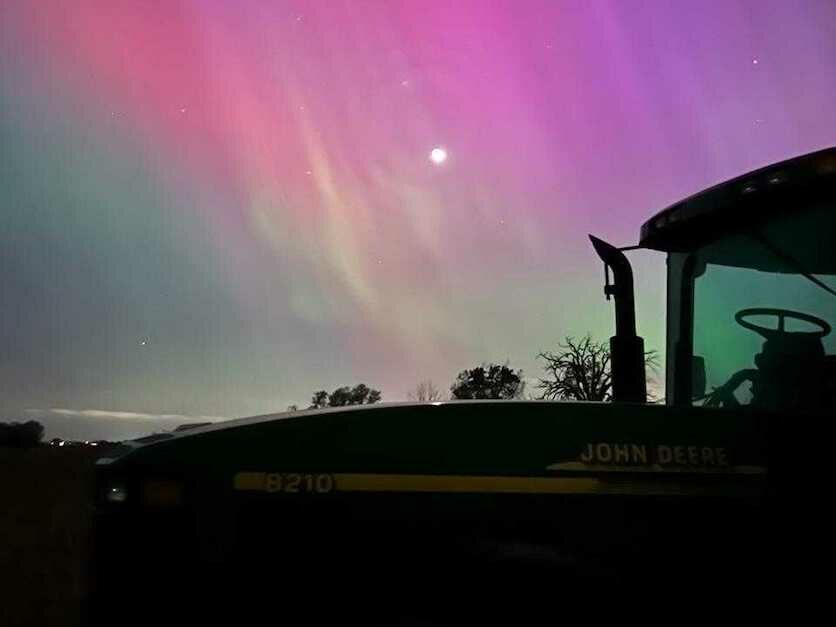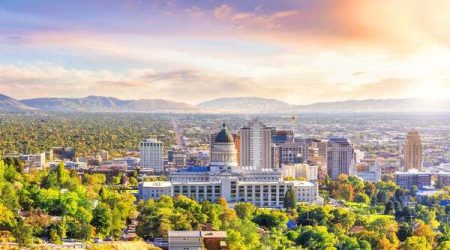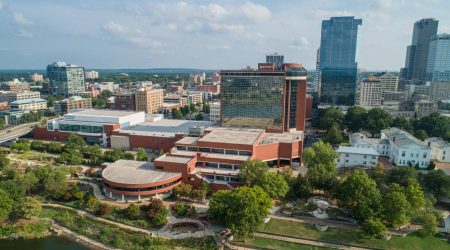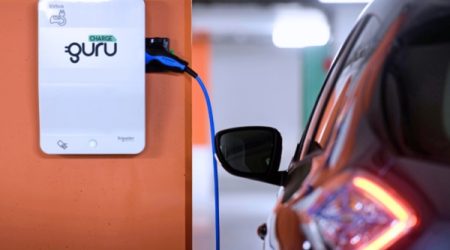Key Takeaways
- Farmers experienced major GPS disruptions due to geomagnetic storms caused by solar eruptions, hampering planting efforts.
- These storms can lead to navigation inaccuracies, affecting precision agriculture technology widely used across U.S. farms.
- While some farmers resorted to manual planting methods, the timing impacts could lead to yield penalties later in the season.
On a sunny day in South Dakota, farmer Nick Nemec struggled to plant corn as GPS disruptions caused by large geomagnetic storms affected his new tractor and equipment. Despite the perfect weather for planting, these storms, driven by solar eruptions, interfered with satellite signals, leading to overlaps and gaps in planting. After trying a system reset, Nemec learned that the issue was tied to significant disruptions impacting various technologies, including GPS and power grids.
This weekend’s geomagnetic storms marked the strongest in nearly two decades, illuminating night skies across regions. Farmers, focused on meeting deadlines for crop insurance, found themselves grappling with unexpected issues. “You get used to certain technology, and when it gets taken away from you, it’s hard,” Nemec reflected on the frustrating situation.
National Oceanic and Atmospheric Administration space scientist Rob Steenburgh explained how such storms affect the ionosphere, causing loss of satellite connection and rendering receivers useless. The storms rated as G4 and G5 can affect GPS navigation for hours or even days, complicating the planting process, especially during peak agricultural activity. North Dakota agronomist Sarah Lovas reported a surge in calls from farmers experiencing similar GPS difficulties, compounding the urgency of planting during this crucial season.
Statistics show that 12% of U.S. farms utilized GPS technology in 2019, with a higher percentage in regions such as the Corn Belt where reliance on precision agriculture is prevalent. The integration of GPS began in 1993, allowing for enhanced control over farming equipment and better soil management. “GPS has allowed us to do some of the things we do on the precision ag side,” noted John Long, an agricultural engineering expert.
However, the increasing dependence on GPS makes farmers more susceptible to disruptions during geomagnetic storms. Economist Terry Griffin pointed out that these events are natural occurrences but can have significant repercussions, particularly for crop planting precision. Loss of GPS guidance can result in crooked rows and hinder data collection needed to manage resources effectively throughout the growing season.
Some farmers reverted to traditional row markers to navigate their fields as GPS signals faltered. For instance, Ohio farmer Ryan Hiser switched after his tractor malfunctioned, while South Dakota farmer Tom VanderWal faced limitations in using his agronomist’s recommended planting adjustments. “This is very frustrating,” VanderWal added, highlighting the financial implications involved in GPS subscription costs.
Experts recommend that farmers pause their operations during these GPS downtimes, yet time is critical for those racing against the clock to plant. Nemec estimated he lost about seven hours due to the disturbances, while some farmers in North Dakota reported planting delays of up to a day.
Even minimal delays can impact yields, especially in northern states with shorter growing seasons. Despite the challenges, the storms produced stunning aurora displays, giving some farmers a moment of beauty in an otherwise stressful situation. Agronomist Lovas described the spectacle as “beautiful,” though she would have preferred to enjoy it in winter.
The content above is a summary. For more details, see the source article.















